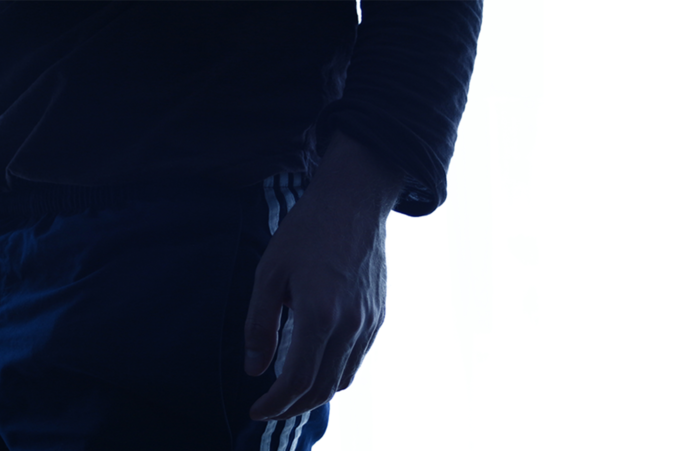
Als de kunstenaar zijn beeld inslikt
Karel Tuytschaever
Description
My doctoral research in the arts starts with this metaphorical image as a starting point. It is an in-depth follow-up to The Transparent Body (2020-2022): a practice-based research into genuine embodiment in current 2D and 3D portrait arts. When is a body genuinely contained in an image and when does the viewer experience that? What does our viewing experience say about who we are and what does that give back to the body being viewed? But also, above all: what does or does not the way of portraying someone say about the creator, the maker?
When the artist swallows his image (2022-2026) digs deeper into the barely explored domain of embodied knowledge in the relationship between the maker and his image of someone else. This research area is based on the most remarkable trend that emerged within the previous research. In global visual culture, I notice how a body in an artistic image is often used by the maker as an information carrier, reduced to one characteristic. As an objectified subject that unambiguously symbolizes or represents an idea of the maker. The way the emerging theatre, dance or visual makers – digital natives – portray someone else shows me that there is a seeming inability to allow someone’s true physicality to exist in their image. Their imagery tells me that they virtually ignore or forget their own unique physicality as a creator when seeing/capturing someone else.
I explore the role that the creator’s physicality plays in creating a visual representation of someone else. This is done by reciprocally purifying my hybrid makership and making my learning method as a discipline-wide teaching artist at the Antwerp Schools of Arts explicit. As a theater and filmmaker, I look for new ways to genuinely capture bodies in a 2D image, by using lens-based media and my body as a maker as equal instruments. In this way I want to achieve a more authentic physical imagery, which can influence how I can approach performers’ bodies in a scenic context. In my learning method I link the different disciplines to physical awareness and emphasize how the own physicality of makers in training can be a driving force in their vision and skill development.
This symbiotic and self-reflective research creates an interesting intermediate field in which a relevant consciousness for contemporary artistry arises, where the body is the mediator between the world and an image. My methodology departs from the core values of my practice and aims to identify crucial elements in an evolution towards a more integral and reciprocal embodied artist practice. A practice consisting of the different layers of sensory embodied knowledge. This is necessary because our need for identity in a digitalized network society threatens to prevent us from productive involvement and empathy. In this way I hope to contribute to (the awareness of) a more physical, tactile image in the visual and performing arts, and therefore a more layered multisensory viewing experience.
